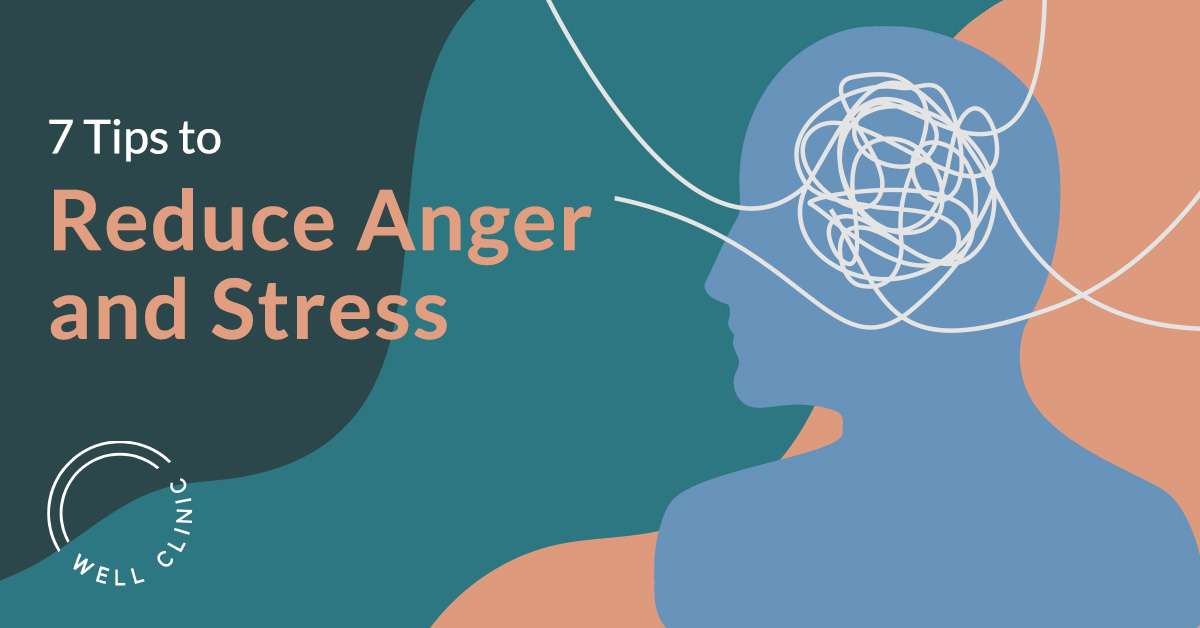When you begin your search for a therapist, it’s likely you’ll come across the terms CBT and psychodynamic therapy. What are these therapy modalities and how do you know which one is best for you?
Psychodynamic therapy and Cognitive Behavioral Therapy (CBT) are two major schools of thought in the therapy field. Both are talk-based therapies that are highly effective for a number of issues and concerns. Which one is right for you depends on many factors. We’ve collected the need-to-know information about both so you can make an educated decision as you search for the perfect therapist for you.

Psychodynamic therapy
Psychodynamic therapy looks to your past to understand your present
Psychodynamic therapy is insight-oriented. In other words, this approach focuses on helping you gain insight into how your early life experiences affect your present day. This can include taking a long look at your relationship with your parents, early attachment style, or how you interacted with your siblings growing up.
You will dive into deep-rooted aspects of yourself, such as ongoing relationship patterns, various interpersonal struggles, different facets of your personality, as well as your stages of emotional development.
The goal of psychodynamic therapy is to heighten self-awareness and self-empowerment
In psychodynamic treatment, you’re working towards the development of a greater understanding of yourself, both now and in your past.
The ultimate aim is to harness this newfound internal insight to:
- Reshape your understanding of yourself
- Heal emotional wounds
- Shift unhealthy relationship patterns and behaviors
Psychodynamic therapy is often relatively long-term, lasting several months or years
There is no set end date to psychodynamic therapy. It’s often a long-term treatment, lasting from several months to many years. There is a form of psychodynamic therapy called brief psychodynamic therapy, which is short term. Brief psychodynamic therapy is set up to help you discover what is blocking you from progressing in a certain area. Once the reason for being blocked is uncovered, therapy usually ends. However, with traditional psychodynamic therapy, the overall duration depends on your specific needs and situation.
Download Your Free CBT vs. Psychodynamic Therapy: What’s the Difference? Guide

Situations and mental health conditions psychodynamic therapy can help with
Psychodynamic therapy is often used in the treatment of mental health conditions, including:
It can also be helpful in helping clients navigate distressing situations like:
Note that you don’t need to have a specific mental health diagnosis or condition to benefit from psychodynamic therapy. In fact, this approach is a common choice for individuals who feel that they might benefit from gaining insight into themselves and their pasts, but aren’t targeting a pressing issue or condition.
Cognitive behavioral therapy (CBT)
CBT focuses on finding practical, skills-based solutions to present-day problems
Cognitive behavioral therapy, often shortened to CBT, focuses on recognizing negative thought patterns and changing thoughts and behaviors and feelings through concrete skills. The focus is on finding practical solutions to your present-day challenges instead of looking for the root cause of the problem.
CBT often entails homework assignments
Sessions often involve homework assignments, also called “action plans,” for you to implement outside of sessions.
Typical homework assignments include:
- Journaling, especially about any negative thoughts that arise throughout the day so you can begin looking at these thoughts and challenging them
- Writing self statements to counteract the negative thoughts you have throughout the day
- Practicing positive reinforcement when you recognize and change a particular thought you can reward yourself
- Mastering meditation practices to calm and center yourself
- Learning visualization techniques to help you to change the negative script in your head into a successful and pleasant script
- Doing breathing exercises to help deal with anxiety and calm your mind
CBT is often a short-term treatment style, lasting 2-3 months
This type of therapy is typically more short-term, usually eight to 12 weekly sessions, over the course of two or three months.
Situations and mental health conditions CBT can help with
CBT is often used in the treatment of the following conditions:
Your therapist may incorporate both approaches into treatment
Some therapists practice pure versions of each approach – they may offer strictly CBT sessions, for example, or only draw from elements of psychodynamic therapy.
But others will incorporate both approaches. They might, say, use CBT tactics to provide symptom relief in the beginning before diving deeper into a psychodynamic perspective. The exact calibration often depends on the therapist’s overall approach, as well as your symptoms.
You might prefer another type of therapy altogether
In addition to CBT and psychodynamic therapy, there are tons of other types of therapy approaches, from brainspotting to solution-focused therapy. It’s likely that some of these therapy approaches appeal to you more than others, and that some are more relevant to your reasons for seeking therapy. You can use Zencare’s therapist directory filter to search for any specific Approach, if you find yourself leaning towards one or the other.
Most therapists, however, use some combination of the approaches and skills they’ve learned through various training sessions. So when you’re looking for a great therapist, ask potential providers how they approach treatment. Doing so will help you get a feel for what therapy with them might look like. This will then, in turn, help you decide whether their approach would work for you!
Which is better? I hear this question a lot, and the ultimate answer is: it depends.
Cognitive Behavioral therapy (CBT) is a short term (often 12 session) approach to treatment that encourages changing your thinking, in order to change your feelings and behaviors. The therapist often helps you identify catastrophic and negative thoughts running through your head and can give you “homework” to catch and change those thoughts to more rational and realistic ones.
For example, if you get rejected for a job, and you get depressed, saying, “I am never going to find work!” the CBT clinician might ask, “What else could be true?” The therapist might help you develop other thoughts, such as, “You didn’t get this job, but it doesn’t mean you won’t get the next one,” and “I didn’t get this job, but I will do better in the next interview.”
Often CBT clinicians will also teach behavioral skills that you might not have learned before, for example, examining your responses to anxiety-producing situations. Studies have shown that after three months, many of the presenting symptoms have abated, although there is debate on how long those results last (Cornelius, 2014, Shedler, 2010, 2015).
Psychodynamic Therapy Addresses More Complex Emotions
Psychodynamic and psychoanalytic therapy is usually longer term work, as it is based on more than just the stated symptoms someone walks into treatment with. The therapist makes the assumption that the symptoms are an indicator of a more complex set of emotions that are getting in your way, and that working with feelings will lead to changes in thoughts and behaviors.
For example, if you walk in and report feeling depressed over job prospects, the dynamic therapist might ask you to say more about what it means to not find a job, looking for themes in your emotional life. Over time, you might look at patterns in your life where these themes recur: are there patterns of self-sabotage, working hard in situations that don’t work, etc. With enough time, an emotional narrative begins to take shape, and the therapist begins to make a hypothesis about why certain feelings keep bothering you and don’t seem to change.
Psychodynamic Therapy Can Feel Like Psychoeducation
The psychodynamic approach can often feel like psychoeducation in the end, as people who are struggling emotionally start saying, “I learned such and such about myself in therapy.” The process involves a more experiential process and insight than the direct education of CBT and skills based work. Often the therapist uses the relationship between therapist and the person the therapist is helping to understand more about the problem and to facilitate change. Many studies have shown that although symptom reduction at the start is slow, a change in how the person is doing things leads to transformation, and that benefits continue even after treatment ends (Cornelius, 2014). Some studies have shown that psychodynamic therapy works better for persistent and complex problems (Shedler, 2010).
CBT Clinicians Take Note – Symptoms Can Be Deceiving
One of the hallmarks of psychodynamic work is the understanding that sometimes symptoms can be deceiving. Recently I read a paper by Tessier (2016) in which he presents two elementary-school-aged children. One can’t sit still, runs, and presents with a typical ADHD diagnosis. The other can sit still and talk, but her words are pressured and full of anxiety. Working psychodynamically, he finds that both need to be “contained,” held in a way, through validation and help with putting their symptoms into words that help them function better day to day. Although the presenting behaviors are very different, both symptoms convey the same cause – feeling out of control. With both children, the therapist then works on that feeling to help the symptoms, as opposed to teaching one child to sit still and the other to breathe, for instance.
Some people who are struggling emotionally like that CBT is short term and low commitment beyond doing your homework. Although they sometimes complain it is intellectual and overly rigid and structured.
Others like that psychodynamic work seems more focused on relationships and feelings in the here-and-now. However, they sometimes complain that it is long-term and sometimes not structured enough.
Many people start with CBT to help alleviate their daily symptoms. If a round of CBT resolves them without continuously having to return to treatment, this may be a good choice. Other people work in CBT while also engaging in finding a therapist to do the long-term work of understanding themselves and their patterns. Some people turn to psychodynamic therapy after a number of rounds of CBT have not healed their suffering. Many others begin with psychodynamic therapy because they have a deep interest in understanding their complex emotions and their repetitive suffering.
Author: William Sharp, Psya.D.
William Sharp is on the faculty of BGSP and the Director of the Clinical Mental Health Counseling program. In addition, he is an assistant teaching professor at Northeastern University and adjuncts at various schools in Boston where he encourages psychoanalytic research and thinking. Dr Sharp consults with schools and teachers in the Boston area helping them reach children that are often hard to reach due to emotional blocks to learning.
References
Cornelius, J. T. . (2014, October 7). The Case for Psychoanalysis (v4) [Video File]. Retrieved from https://www.youtube.com/watch?v=IQBx5TONHac
Shedler, J. (2010) . The Efficacy of Psychodynamic Psychotherapy. American Psychologist. Vol. 65, No. 2, 98 –109 DOI: 10.1037/a0018378
Shedler J. (2015). Where is the evidence for “evidence-based” therapy? Journal of Psychological Therapies in Primary Care. 4:47–59.
Tessier, J. (2016). Modern psychoanalysis applied in school-based therapy. Modern Psychoanalysis, 41(2). pp 168-185.
BGSP offers a Master’s Degree in Clinical Mental Health Counseling, Doctorate in Psychoanalysis and other degree and certificate programs. For more information explore our programs.




